The Houses each have their own colours and shields. Students take part in House based activities throughout the year. Outstanding achievements are recognised though Houses, from House Commendations in Year 7 to House Colours in KS4 and finally a House Distinction Award in 6th form.
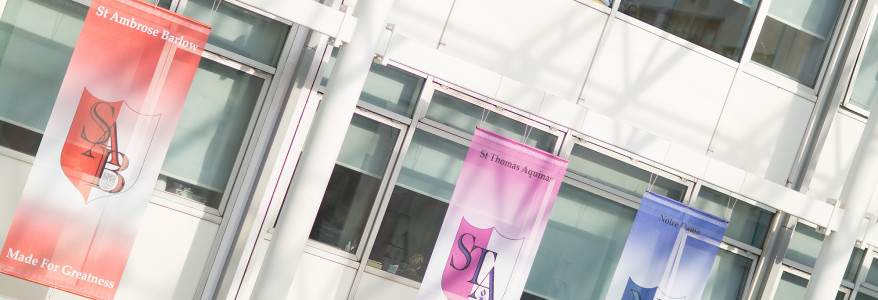
Cardinal Langley School has a strong Catholic Ethos and promotes a ‘family’ theme throughout the school. All students and staff belong to one of the five Houses. This enables each student to feel part of a smaller family within our larger community.
NOTRE DAME
House Leader: Mrs Ahern 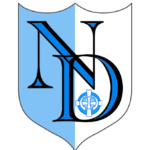
House Colour: Blue
Notre Dame is the French term for ‘Our Lady’ or ‘The Blessed Virgin Mary’. ‘The Blessed Virgin Mary’ is the name used by many Christians to describe Mary the mother of Jesus. The Virgin Mary has become to be seen, not only as the Mother of God but also as the Mother of the Church.
Feast Day: There are many Feast Days attributed to Our Lady and the months of May and October are dedicated to her.
Feast of Our Lady, Help of Christians: 24th May
Memorare:
Remember, O most loving Virgin Mary, that it is a thing unheard of that anyone ever had recourse to thy protection, implored thy help or sought thy intercession and was left forsaken. Filled, therefore, with confidence in thy goodness, I fly to thee O Mother, Virgin of virgins. To thee I come, before thee I stand a sorrowful sinner. Despise not my words, O Mother of the Word, but graciously hear and grant my prayer. Amen
ST BERNADETTE
House Leader: Mr McLaughlin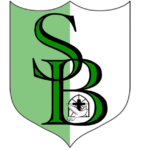
House Colour: Green
St. Bernadette was born on 7th January 1844 in Lourdes, France. She received a number of visions from the Virgin Mary, starting in 1858. Many people did not believe Bernadette at first when she reported these visions and civil authorities tried to force her to recant her accounts but she refused. One day, Our Lady told Bernadette to dig in the mud and as she did, a spring of water began to flow. The next day it continued to grow larger and larger and miracles began to happen when people began to use this water. Our Lady told Bernadette that she should pray for sinners, do penance and have a chapel built there in her honour. Word spread about the cave with its miraculous healing springs and, with the help of Napoleon III’s wife, Bernadette achieved her vision to build the church and Lourdes emerged as a pilgrimage site for worshippers from all around the world. Bernadette died on 16th April 1879 and was canonised as a saint in 1933 by Pope Pius XI.
Feast Day: 18th February (France) and 16th April
ST AMBROSE BARLOW
House Leader: Mr Guggiari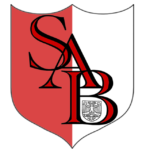
House Colour: Red
Edward Barlow – he took the name Ambrose on becoming a Benedictine monk – was born in Manchester in 1585. He wanted to study for the Roman Catholic priesthood but was unable to do so in this country because of religious persecution. He went first to France and then to Spain where he was ordained priest, before returning to England in 1615. Despite threats to his life, he continued to serve his parishioners in and around the areas of Manchester and Liverpool at a time when it was very dangerous to be a priest.
It was whilst celebrating Mass on Easter Sunday 1641 that Ambrose, refusing to abandon his people and his Faith, was arrested for being a Catholic priest – despite being warned that a mob was on its way to apprehend him. After spending four months in jail and continuing to profess his Faith in the Catholic Church, he was put on trial on 7th September 1641 and was executed two days later.
He was made a Saint by Pope Pius and is one of the 40 English Martyrs (someone who dies for their beliefs). Saint Ambrose is an example of strength, courage and faith in Jesus for us all to follow.
Feast Day: 10th September
ST DOMINIC SAVIO
House Leader: Miss Johnson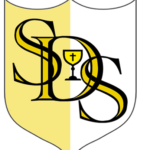
House Colour: Yellow
St. Dominic Savio was born on 2nd April 1842 in the province of Turin, in northern Italy, to humble but very devout Christian parents. While still a boy he decided to become a faithful imitator of Jesus Christ. At the age of 12, he went to live at the school run by the future St John Bosco under whose personal direction he became a model and example of God’s love for all people. He preferred to listen rather than speak. He was humble and respectful towards all and had a natural gift for settling arguments and quarrels. His sole interest was God and how to lead others to use all their strength to serve him. Dominic died at the age of 15 on 9 March 1857. He was canonised by Pope Pius XII in 1954. “Like Saint Dominic Savio, be missionaries of good example… At every age we can and we must bear witness to Christ!” (His Holiness St Pope John Paul II, in a speech on 7th December 1997)
Feast Day: 6th May
ST THOMAS AQUINAS
House Leader: Mrs Thompson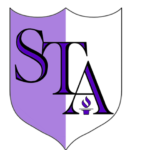
House Colours: Purple
St. Thomas Aquinas is the patron saint of universities and students. Son of Landulf, Count of Aquino, he was born around 1225 in Roccasecca in the Kingdom of Sicily, now known as the Lazio region of Italy. When he was five years old, he was placed under the care of the Benedictine Monks of Monte Casino. He surprised his teachers with the progress he made, surpassing all of his fellow pupils. In 1243, he joined the Dominican Order in Naples despite strong opposition from some members of his family who tried to break his resolve in all kinds of ways, including locking him up! Known as “Doctor of the Church”, St. Thomas was one of the most influential philosophers, scholars and theologians of all time and an authority of the Roman Catholic Church. He died in Fossanova, Italy, on 7th March 1274 and was canonised in 1323 by Pope John XXII.
Feast Day: 28th January